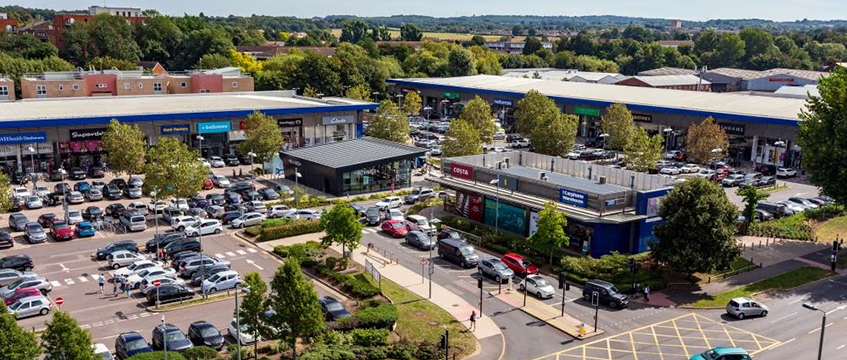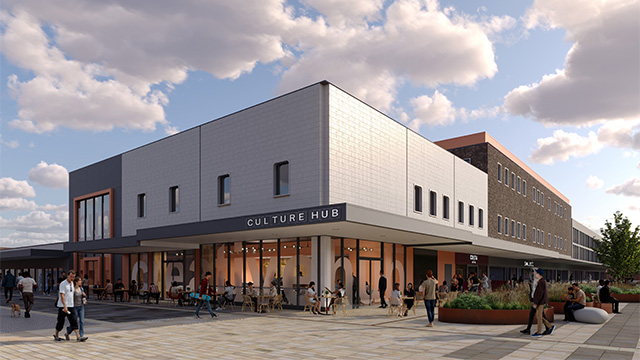British Land has said its US rivals have made the London retail park market “too hot” for acquisitions, prompting the owner to turn to the regions for expansion.
Matthew Reed, head of retail parks and retail solus at British Land, told EG the listed owner was “more comfortable” looking to acquisitions in the regions, Wales and Scotland for more value and yield than it might achieve in the capital.
Speaking on a tour of BL’s Nugent Shopping Park in Orpington, south-east London, earlier this week, Reed said an influx of US buyers targeting London and the South East had made those areas “too hot”. He noted that “a lot of the US funds” are “quite active in the market” and are building up their war chests.
“US funds are more focused on the South East, they feel much safer in those territories,” said Reed, adding: “We run assets across the UK so we are more agnostic about taking assets in regions where other investors feel this risk.”
Prolific investors in UK retail parks include US REIT Realty Income Corporation. In recent months, retail parks have also been acquired by international funds, such as South African investor FPG, which has bought the second phase of Washington Retail Park in Tyne & Wear.
British Land has invested £400m into retail parks since 2021, and is thought to own and operate 8% of all retail parks in the UK. Its retail park portfolio is valued at £2bn.
In the company’s most recent financial results, covering the six months to 30 September 2023, retail parks delivered a higher gain in ERV than any other asset type, at 4%. Values were up by 0.2%, behind urban logistics at 0.6% but better than the 4% fall in offices.
Chief executive Simon Carter said at the time: “We are sometimes asked whether the footfall and sales outperformance of retail parks is just a Covid bounce because they are open air and were perceived to be safer to visit. We believe it is instead a permanent structural shift driven by the three ‘A’s – affordability, adaptability and accessibility.”
Carter added: “We will continue to buy retail parks opportunistically. They have strong occupational fundamentals, values below replacement costs, attractive yields and are earnings accretive upon acquisition.”
Reed said BL remains confident in the retail park format since it is underpinned by these fundamentals.
“The retail park format offers incredibly low occupancy concentrations versus shopping centres… regarding occupational costs,” Reed said.
He added that retail parks have stayed attractive owing to their compatibility with omni-channel retailers, and the lack of new developments creates more tension in the rental market. Less than 5% of retail park supply has been added to the UK market in the past decade.
“Occupiers know where retail park locations are,” said Reed. “They don’t have to worry about new supply and potential threats coming in.”
To keep its tenant mix fresh, BL is seeking to attract healthcare diagnostics occupiers to its parks as well as dental care and EV charging providers.
Reed highlighted the potential to host community diagnostic centres at retail parks, which would allow patients to access diagnostic services without visiting a hospital. He also pointed to expanding dental provider MyDentist as an example of a potential tenant type.
Photo from British Land
Send feedback to Akanksha Soni
Follow Estates Gazette











